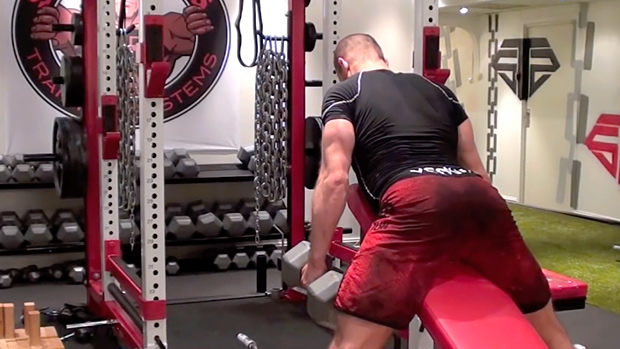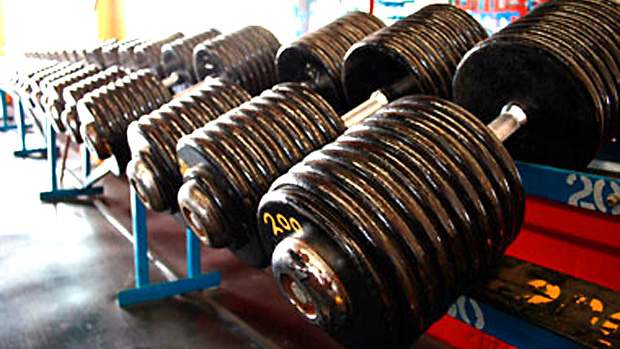I use this stato-dynamic method – pausing at different points in the rep – quite a bit with athletes on the big basic lifts, but it can also be very effective for bodyweight movements. You can also design a progression model by varying the type of holds you do.
Dip: Stato-Dynamic Reps
We can vary the difficulty of a set by changing any of the following parameters:
The number of holds: You can do one to three holds within each rep. It's hard to do more than that because you'll run out of range of motion.
The length of each hold: We normally use three to six seconds per hold. Of course, longer is harder. Normally, the more holds there are in a rep, the shorter they are. Here's a good rule of thumb:
- 1 hold per rep = 5-6 seconds per hold
- 2 holds per rep = 4-5 seconds per hold
- 3 holds per rep = 3-4 seconds per hold
When you do the holds: Doing holds during the concentric (lifting) phase is harder than doing them during the eccentric (lowering) phase. We can build a hierarchy of difficulty for this category, from the easiest to the hardest:
- One hold on the eccentric
- Two holds on the eccentric
- One hold on the concentric
- Three holds on the eccentric
- One hold on the eccentric, one hold on the concentric
- Two holds on the eccentric, one hold on the concentric
- Two holds on the concentric
- One hold on the eccentric, two holds on the concentric
- Three holds on the concentric
So you can progress either by doing more reps per set under the same conditions or by maintaining your number of reps while making the conditions harder. Holds are one way to do that.




